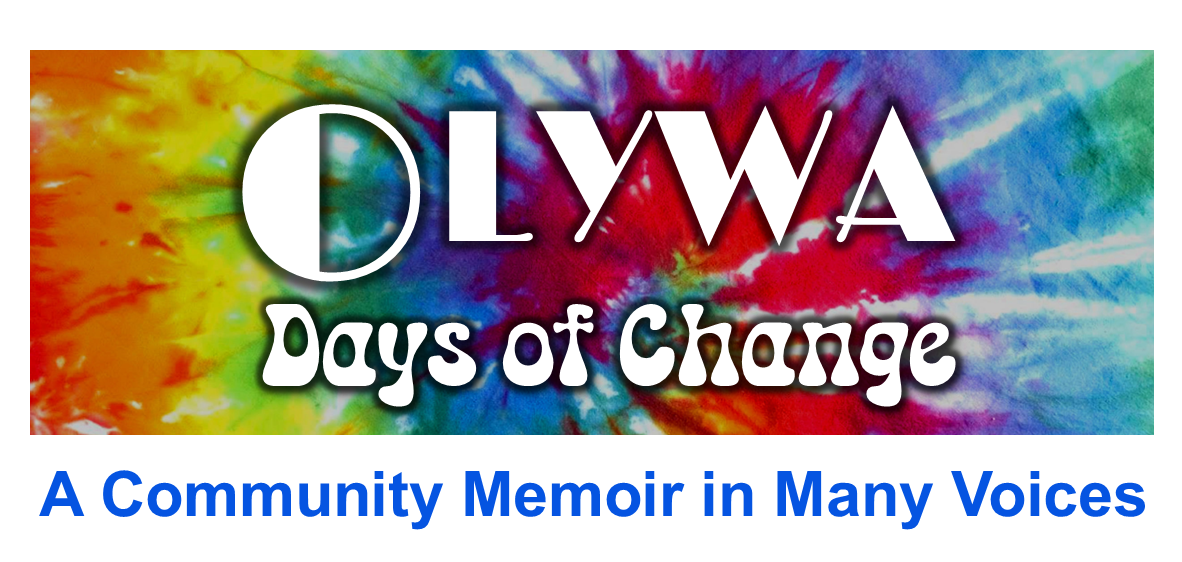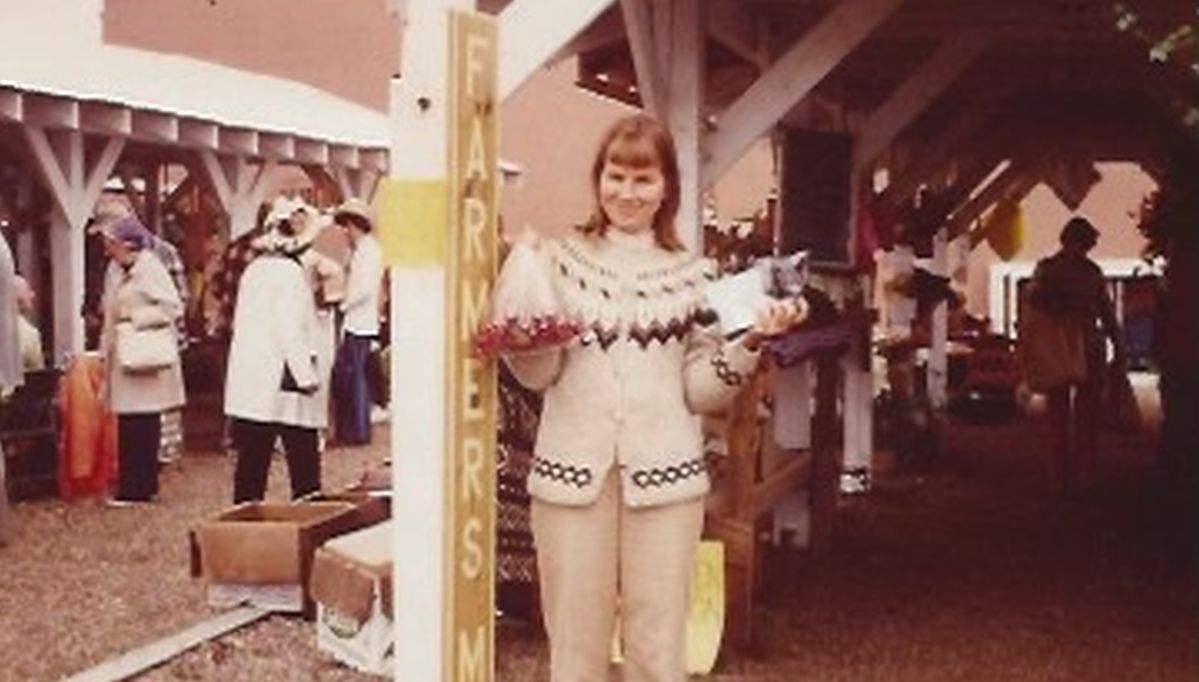Men in Black at the Food Stamp Office – By Joe Tougas
Donna, Sally, and I were talking over dinner the other evening about the way that the level of friendliness toward strangers had changed over the years, especially the way that people had become a little more guarded in how they interacted with government officials.
Donna said, ”There was that time at the food stamp office, right? Did I ever tell you about that? Now that was a pretty flagrant example of hostility.”
“No,” said Sally. ”I don’t think I ever heard about that.”



